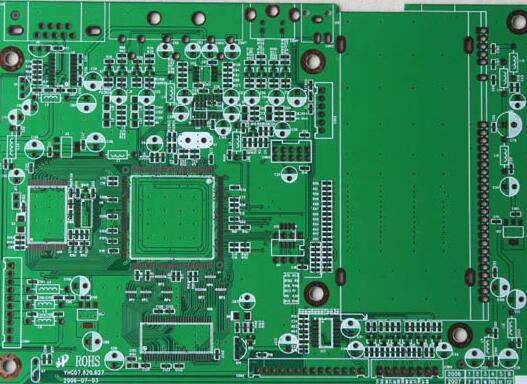The birth of more friendly screen materials abroad, ceramic PCBkeeps pace with the times and does not fall behind
Abstract: BOE officially launched its AMOLED screen production line, and my country has become the second country in the world that can mass produce flexible displays. In foreign countries, breakthroughs are being made in the research of new screens. This is a more environmentally friendly and flexible screen material. Compared with the mobile phone screens currently in use, the cost is reduced. To advance together with the times, ceramic PCB technology is continuously improved in the country, and technological innovation is not lagging behind.
The official commissioning of BOE's AMOLED screen production line undoubtedly broke Samsung's absolute monopoly in this market and made China the second country in the world that can produce flexible displays in batches. We should undoubtedly be proud and proud of this.

BOE's huge investment in research and development, advance layout ambitions, and stable technical production capacity have all prompted the transition from LEC to OLED, which is also the reason BOE has achieved outstanding results. Industry analysts generally believe that the competitive landscape of the national panel industry will eventually evolve into a “China-South Korea competition for hegemony”.
This recognition may be a bit premature. The panel industry often achieved big-name enterprises during the recession period. The two recession periods before 2000 achieved the achievements of South Korean and Taiwanese companies. The opportunity of this new recession period allowed China to catch up. But abroad, a new round of screen technology has quietly appeared, or it will further change this era.
This technology mainly combines silver and graphene to form a two-position carbon material, which is comparable in performance to indium tin oxide currently used, and has a relatively lower cost and is ecologically more environmentally friendly. From a technical point of view, this technology is very simple to combine silver nanowires and graphene. It can make mobile phone screens account for the largest proportion of power consumption. The research data shows this prospect: adding graphene to silver nano The wire grid can even increase the conductivity of about 10,000 times.
The experimental data also shows that even if the screen made of this material is repeatedly bent, the conductivity will not change, which means that it can be used well in flexible smart phones. Once the technology is mature, given its low cost The cost, replacing OLED screens is just around the corner.
Who doesn't want to use smart devices with better sensitivity, longer battery life, and cheaper prices? This is not only people's choice and expectation, it will also become the new darling of display equipment manufacturers. Of course, all smart devices are based on PCB substrates. At present, the most superior performance and the best support for this technology come to China as soon as possible. The PCB substrate material that has entered millions of households is ceramic PCBmade of special ceramics. The domestic development history is quite similar to this technology. Both lead the new era and new trend in the field. Both have excellent performance and lower cost compared with imports. The difference is that ceramic PCB manufacturing technology has become more perfect in China. It has excellent performance in practical use, long service life, and is suitable for use in a variety of harsh reducing atmospheres. This silver and graphene screen technology is still in the experiment. In the room, more efforts of researchers are needed.